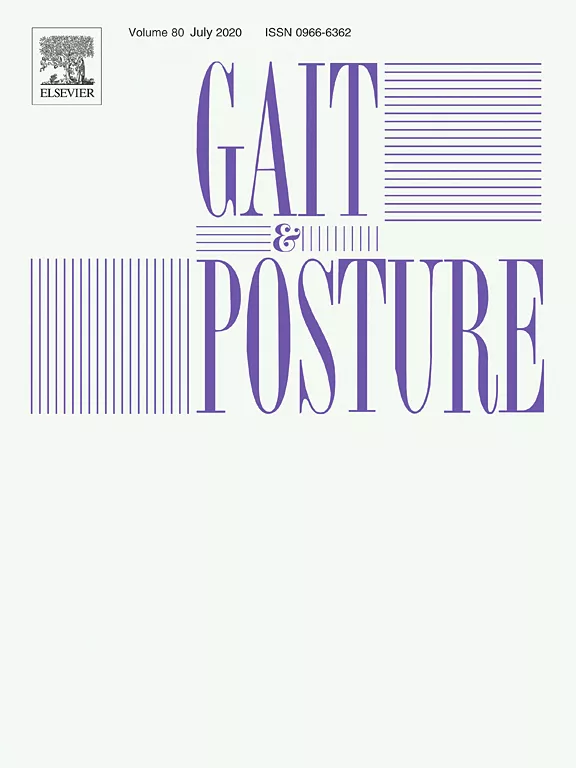The article „Limb movement, coordination and muscle activity during a cross-coordination movement on a stable and unstable surface“ by the authors Torsten Pohl, Torsten Brauner, Scott Wearing and Thomas Horstmann, has been published in the Journal Gait & Posture: https://www.sciencedirect.com/science/article/pii/S0966636220302629
Abstract:
Background
At a clinical level, the intensity of dynamic balance tasks incorporating cross-coordination movements (CCM) is typically progressed by changing the stability of the support surface on which the movement is undertaken. However, biomechanical changes in CCMs performed on stable and unstable surfaces have not yet been quantified.
Research question
Do movement patterns, muscle activity, coordination strategies, knee joint loading and center of mass (CoM) movement differ during a CCM performed on stable and unstable surfaces?
Methods
Motion analysis was used to monitor limb kinematics and surface electromyography to analyze supporting leg muscle activity in sixteen healthy athletes during a single-limb support task involving a cyclic CCM on a stable and unstable surface. Angle-angle plots were used to explore coordination strategies in sagittal movement of the hip and shoulder, while differences in kinematics and muscle activity between stable and unstable conditions were evaluated using dependent t-tests (α-level = 0.05).
Results
CCMs on an unstable surface were performed at a slower speed (p < .05), with a more flexed posture of the support knee (p < .05) and ankle (p < .05) and resulted in reduced hip and shoulder movement of the swing limbs (p < .05). Instability increased activation of selected muscles of the ankle and knee (p < .05), resulted in a two–fold increase in the peak knee adduction moment (p < .05), and was accompanied by greater CoM movement (p < .05). Three coordination patterns of the swing limbs observed when performing CCM on a stable surface, which were mostly preserved on the unstable surface.
Significance
Despite adopting several stabilization strategies, CCM undertaken on an unstable surface still evoked greater excursion of the center of mass and, as such, presented a greater challenge to sensorimotor control. Adding instability in form of a swinging platform provides progression of dynamic balance CCM difficulty in an athletic population.
